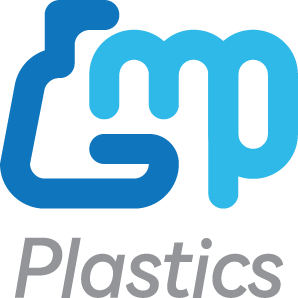The streak plate method is a fundamental microbiological technique used to isolate pure bacterial colonies from a mixed culture. This technique involves streaking a microbial sample onto a solid agar surface in a manner that gradually dilutes the bacteria, allowing individual cells to grow into distinct colonies. The method is widely used in research, clinical diagnostics, and industrial microbiology to obtain pure cultures for further study.
Principles of the Streak Plate Method
The streak plate method is based on the principle of mechanical dilution. As the inoculating loop moves across the agar surface, it progressively spreads and reduces the number of bacterial cells. When done correctly, this results in well-separated colonies, each derived from a single bacterial cell, ensuring the isolation of pure cultures.
Key objectives of the streak plate method include:
-
Isolating single bacterial colonies for further identification.
-
Differentiating bacteria based on colony morphology.
-
Ensuring purity of cultures for biochemical and antimicrobial sensitivity testing.
Materials and Equipment
The following materials are essential for performing the streak plate method:
-
Agar plate (e.g., nutrient agar, MacConkey agar, or blood agar, depending on the bacteria being isolated).
-
Bacterial culture (broth or mixed culture sample).
-
Inoculating loop (sterilized before and after each streaking step).
-
Bunsen burner (for flame sterilization of the loop and maintaining aseptic conditions).
-
Sterile gloves and lab coat (for contamination prevention).
-
Incubator (to promote bacterial growth at an optimal temperature).
Streak Plate Method Procedure
The streak plate method is performed using different streaking patterns, but the most common approach is the quadrant streak method, which involves four consecutive streaking steps to dilute the bacterial load. The procedure follows these steps:
1. Preparation of the Agar Plate
-
Label the bottom of the agar plate with the sample name and date.
-
Ensure the agar surface is dry before inoculation to prevent excessive spreading of bacteria.
2. Sterilization of the Inoculating Loop
-
Flame the inoculating loop using a Bunsen burner until it glows red-hot.
-
Allow the loop to cool for a few seconds to avoid killing the bacteria upon contact.
3. Inoculation and Streaking
-
First Quadrant (Primary Streak): Dip the sterilized loop into the bacterial culture and lightly streak the first quadrant of the agar plate in a zigzag pattern.
-
Second Quadrant: Flame and cool the loop, then drag it through the first streaked area and extend the streaks into the second quadrant, diluting the bacteria further.
-
Third Quadrant: Repeat sterilization, then streak from the second quadrant into a third section of the plate.
-
Fourth Quadrant: Sterilize the loop again and streak from the third quadrant into the fourth, ensuring minimal overlap with previous streaks. The final streaks should result in well-separated colonies.
4. Incubation
-
Close the lid of the agar plate and invert it to prevent condensation from affecting colony formation.
-
Incubate the plate at an appropriate temperature (typically 37°C for most bacteria) for 24-48 hours.
Variations of the Streak Plate Method
While the quadrant streak is the most commonly used method, variations include:
-
T-Streak Method – A simpler version using three streak sections instead of four.
-
Continuous Streak Method – Used for high-density samples, where a single loopful of culture is streaked continuously across the plate.
-
Radiant Streak Method – Streaks radiate outward from a central inoculation point, commonly used in fungal culture isolation.
Colony Morphology and Interpretation
After incubation, bacterial colonies appear as distinct growths on the agar surface. Microbiologists analyze the following characteristics to differentiate bacterial species:
-
Size – Small, medium, or large colonies.
-
Shape – Circular, irregular, or filamentous.
-
Color – Pigmented or non-pigmented.
-
Texture – Smooth, rough, mucoid, or dry.
-
Elevation – Raised, convex, flat, or umbonate.
-
Hemolysis (on blood agar) – Alpha (partial lysis), Beta (complete lysis), or Gamma (no lysis).
Applications of the Streak Plate Method
The streak plate method has various applications in microbiology, including:
-
Clinical Diagnostics – Isolating pathogens from patient samples for identification and antibiotic susceptibility testing.
-
Food and Beverage Industry – Detecting bacterial contamination in food products.
-
Pharmaceutical Industry – Ensuring sterility of products and identifying microbial contaminants.
-
Environmental Microbiology – Isolating bacteria from soil, water, and air samples for ecological studies.
Advantages and Limitations
Advantages:
-
Simple and cost-effective.
-
Requires minimal equipment and reagents.
-
Provides well-isolated colonies for pure culture identification.
Limitations:
-
Requires skill and experience to achieve proper isolation.
-
Risk of contamination if aseptic technique is not followed.
-
Not suitable for bacteria that do not grow well on solid media.



